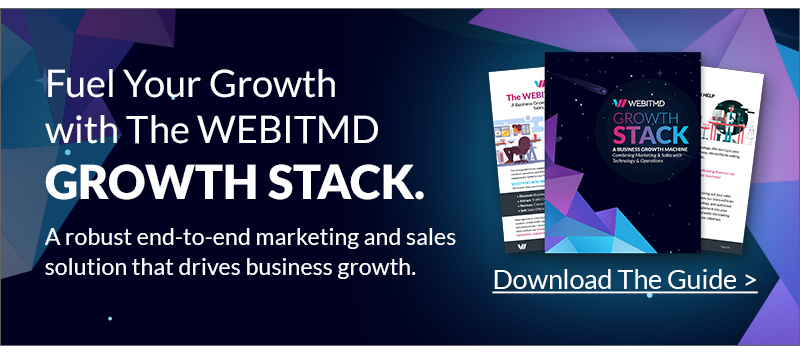Today’s savvy businesses are constantly making internal shifts to become more “data-driven”, as they believe using data as a catalyst is the best path forward for achieving business growth.
However, uncontrolled variables and rapidly evolving conditions make this an environment that’s hard for businesses to operate in. Here, data can be deceitful and lead your internal team to making poor decisions under the false notion that “numbers don’t lie”. On the contrary, data is a “little bastard Pinocchio”, as numbers present an opportunity for incorrect interpretation that leads to concrete, prolonged problems in many organizations. When companies partner with digital marketing agencies that offer custom growth stacks as an approach, they not only get a customized stack of tools and strategies designed to achieve a single goal, they also learn to take an approach that reads data correctly, and they learn what to do with the findings.
Dataset and Decision-Making
Although data can help organizations arrive at important decisions, it should never function as the decision-maker itself. Companies should never abdicate their decision-making from a dataset, no matter how rich and powerful it may be. The reason is simple: data is not accountable. Imagine a work environment where marketers cna make poor decisions and point the finger at data. Indeed, blaming poor decisions on data would be convenient. Yet people do this all the time because there is a natural human tendency to skip around the pressure of making decisions, and when one says they made a decision based on the data, they are actually just trying to cast blame from themselves onto something that doesn’t have the ability to defend itself.
Imagine a 400 pound man going into a restaurant. Before he even looks at a menus, the waitress brings him a double cheeseburger, large fries and a Coke. The man asks why he wasn’t given the opportunity to order, and explains that he is on a carb-free diet. The waitress apologizes and says, “sorry, but based on our data of customers who fit your description, this is the most ordered meal on the menu. We were simply trying to increase efficiency and the customer experience by predicting what you want”. Clearly, this would not be an ideal experience or a good excuse.
Utilizing data to excuse or justify careless choices is indeed common, but it is really the decision maker who made the call, and not the data. When organizations rely too much on data, it can have adverse effects that create a number of limitations. It also allows internal teams and marketers to use data as a scapegoat for poor performance while creating a toxic company culture as opposed to embracing accountability and learning from mistakes.
How Growth Marketing Stacks Churn Smart Decisions from Data
So what is a growth stack? In short, growth marketing stacks use a multi-channel approach to driving traffic through a funnel where leads are generated and nurtured until they become customers. The WEBITMD Growth Stack uses HubSpot as its CRM, which not only pulls data from Google Analytics, but it also captures high-level data on web visitors that shows where they entered the funnel, which pages they visited on their journey, their names, job title and the company they work for. Having clear insights offers data that leads to clear-cut insights that eliminates making assumptions. For example, if Nancy Anderson is the CMO for a sister company of Chase Bank that designs apps, and she entered the workflow through a blog on how a fermium can be marketed to increase subscribers, and from there she went to a landing page on digital marketing solutions for financial institutes and downloaded a guide on growth marketing stacks, teams can look her up on LinkedIn to learn more about her role and responsibilities, and how a growth marketing stack can offer the best solution to her needs. Then she can be enrolled into a custom workflow for her appropriate buyer persona, while real data like CTR, dwell time and conversion rates can be studied and appropriated to her buyer’s journey.
Here, data is put to work through an automated system manned by growth marketers in an ecosystem where decisions are made based on data AND a deep understanding of buyers. If you are ready to improve your bottom line by changing the way your organization makes data-driven decisions, learn about growth marketing stacks and the agencies that customize them for savvy businesses like yours.
Learn About the WEBITMD Growth Stack and How it Uses Data to Hit Revenue Goals
Download our FREE guide on the growth marketing stack below. See if this approach makes sense for your business, and give us a call so we can learn more about your brand, customers, products and sales cycle. Together, we can find the best solution to achieving your year-over-year growth.







.jpg)



.jpg)





![5 Reports to Elevate Your HubSpot Sales Dashboard [+ Examples]](https://blog.webitmd.com/hs-fs/hubfs/Imported_Blog_Media/6-winning-examples-of-a-hubspot-sales-dashboard-2.png?width=767&name=6-winning-examples-of-a-hubspot-sales-dashboard-2.png)